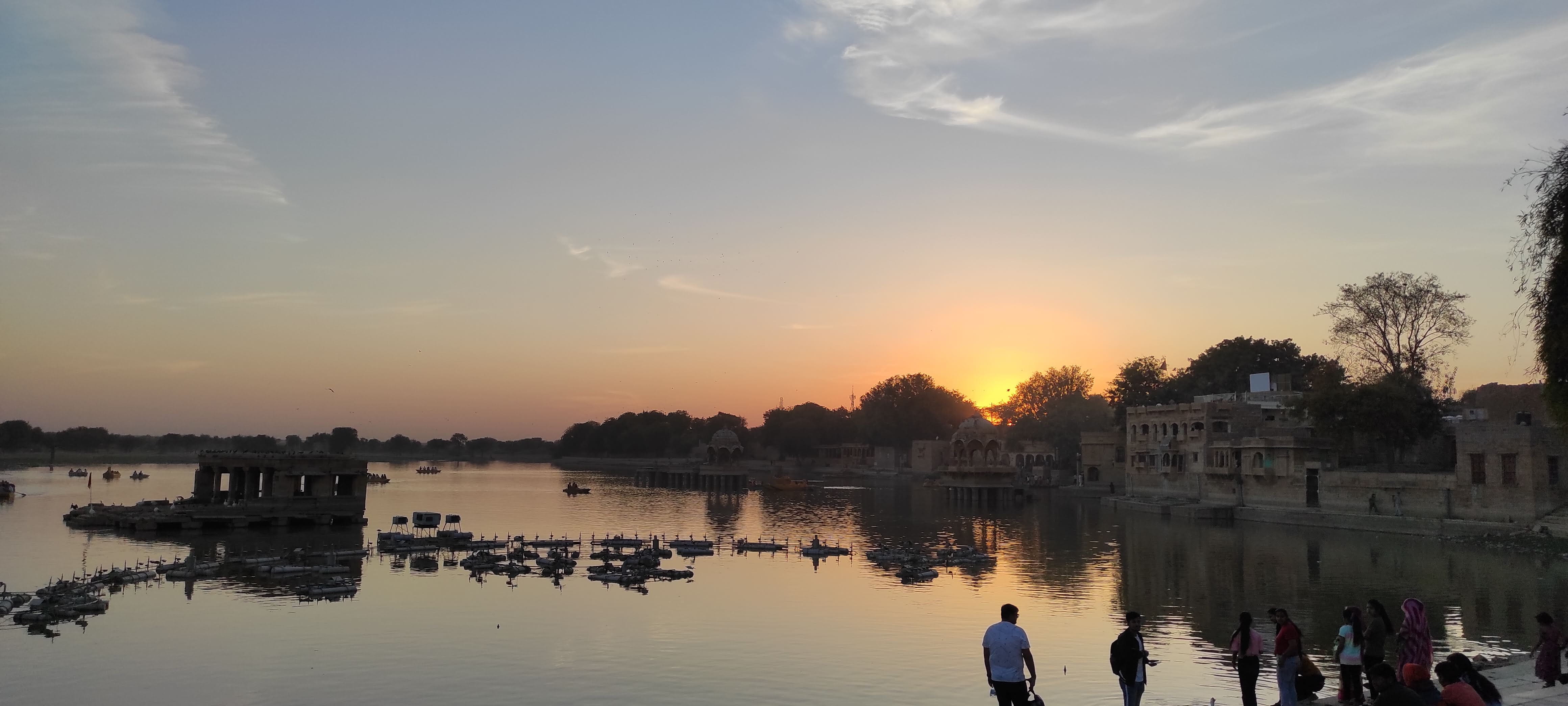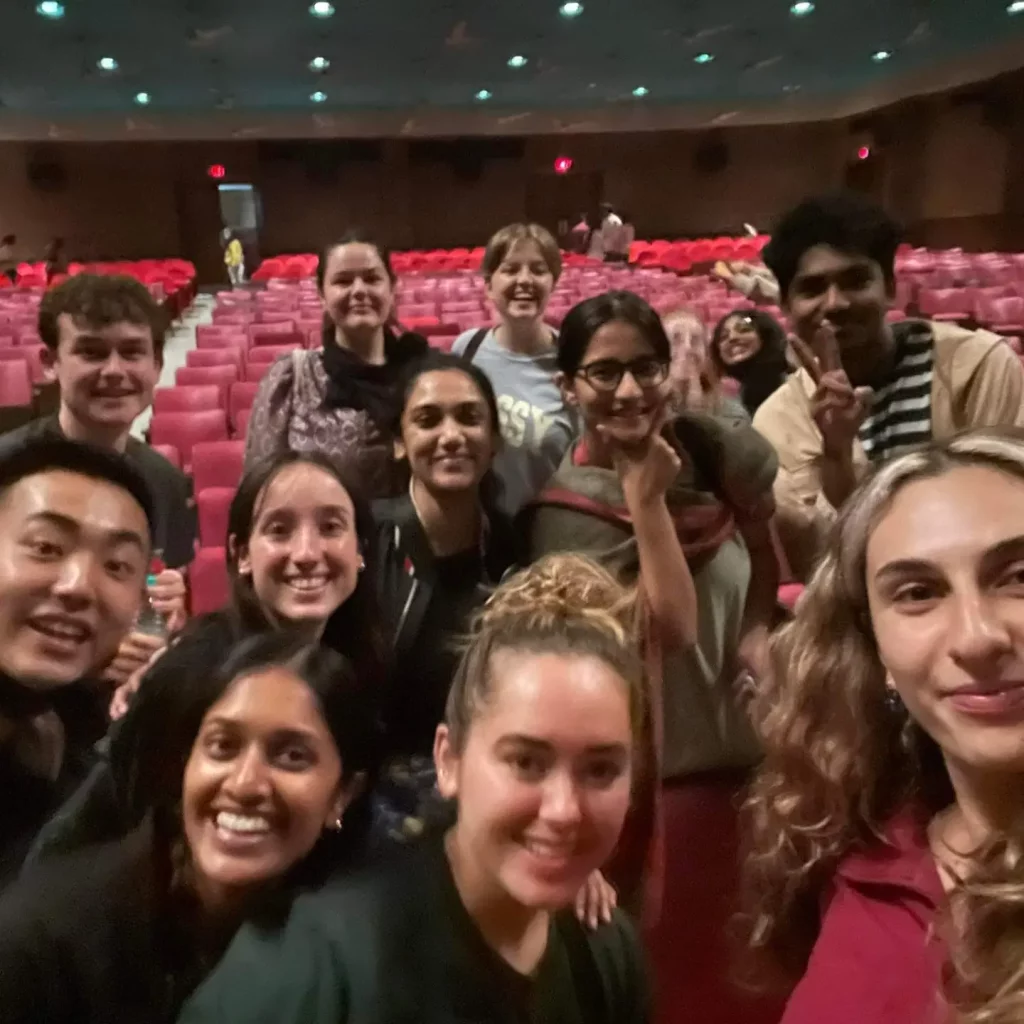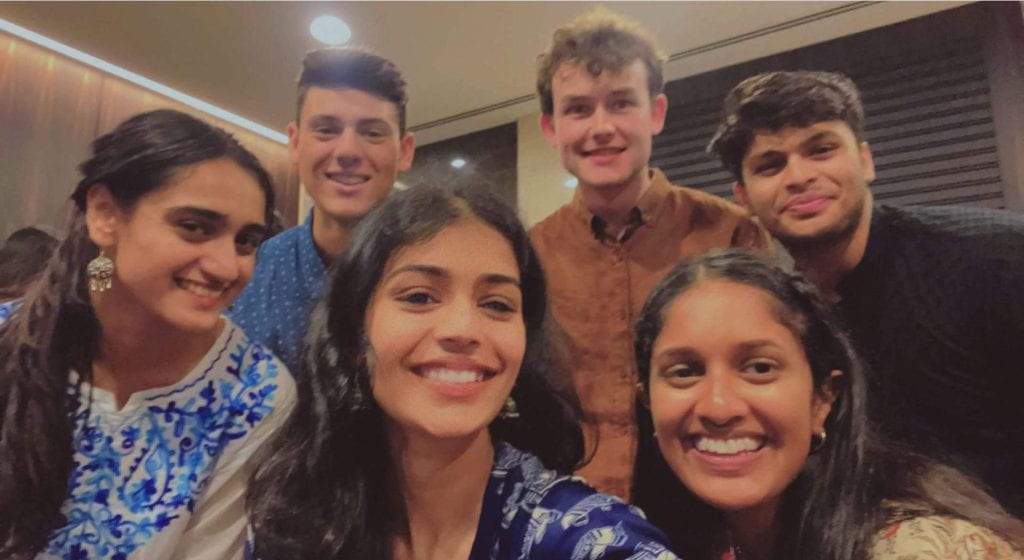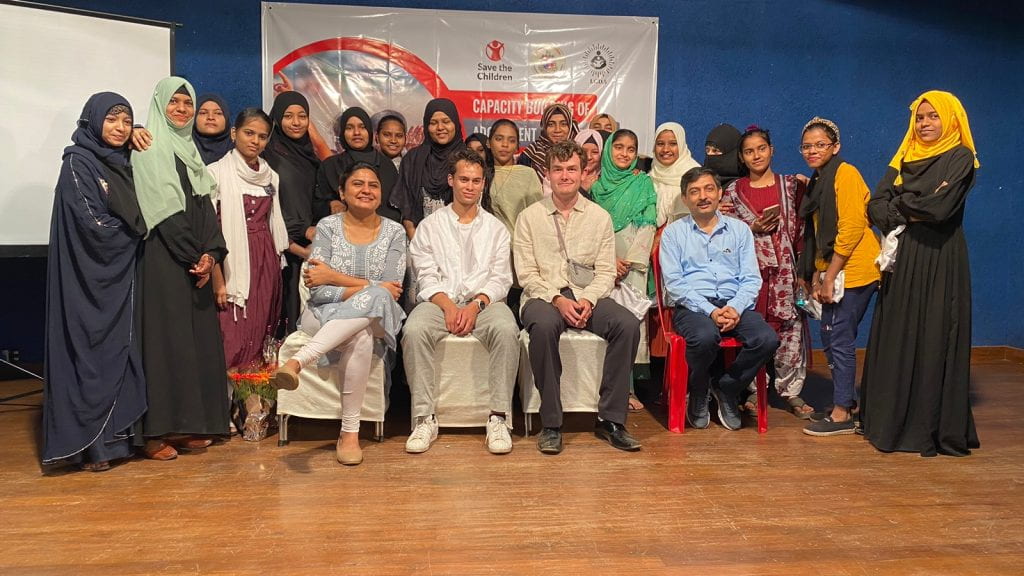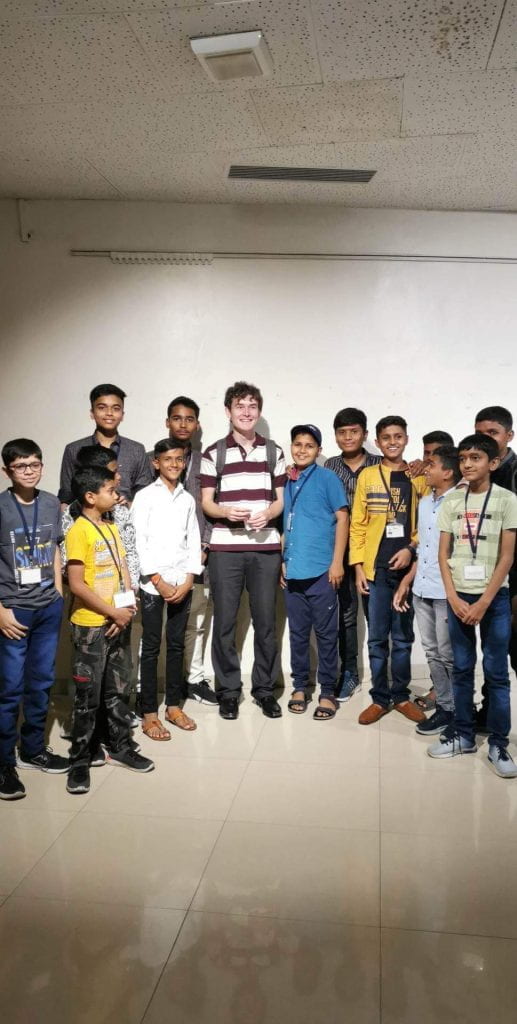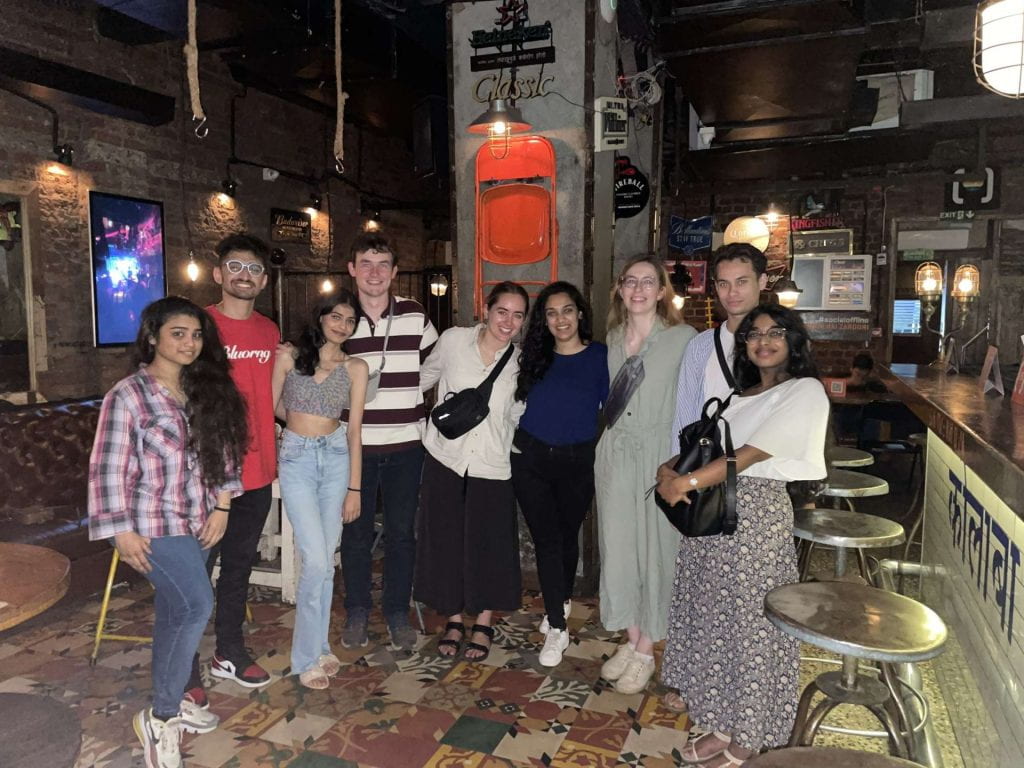Mera Hindi Kahani
As soon as I learned I was accepted into this amazing trip, I immediately jumped onto Duolingo to try and learn as much Hindi as I could. At the start of the trip I had a 110 day streak, but disappointingly, this didn’t magically mean I could speak fluent Hindi with the locals. In fact, I could barely speak (or listen) at all. This was very disheartening, learning that having a few phrases and words down on Duolingo was not the same as having those words down in real life. It was like learning an entirely new language with different pronunciations where all of the words just blended into one sound instead of being separated by generous pauses.
Over time, and through teaching from Srishti (mostly), I learned to pick up more words and phrases, but still lacked confidence to actually say them, as most people in Mumbai spoke good English anyway. As an English speaking tourist, this was helpful, but using English all the time almost felt ingenuine. Every tourist that comes to New Zealand or other English speaking countries is expected to learn English, but we English speaking tourists are able to use it all over the world. This feels like a massive double standard. Looking back, I wish I had tried to use more Hindi earlier in the trip, as it was only in the last week of the trip where I tried to string some slightly more interesting conversations together with locals. When they were able to understand me (maybe half of the time at best…) everyone seemed to appreciate the effort to use Hindi instead of English, and it was often met with big smiles, and follow-up questions about how I learned Hindi, how much I know (spoiler alert: very little), etc.
I believe that Hindi is a relatively nice language to learn as a tourist. Some phrases are so common that it’s almost impossible to not learn what they mean. Accha = good, Theek hai = ok, Chalo = Let’s go, and nahin = no! Even by just learning these 4 words/phrases as a tourist, you will begin to fit in, as a normal part of Mumbai’s sprawling metropolis. Picking up some polite manners and simple numbers will also help when trying to order food or buy train tickets. One of my favourite parts of the Hindi experience was learning the letters. As Hindi is written in non-English letters, the experience when reading Hindi is a very interesting one, and after a lot of practice on Duolingo I am able to sound out almost all words. This is helpful for reading road signs, destinations, and shop names, and I had good fun testing out this skill throughout the trip!
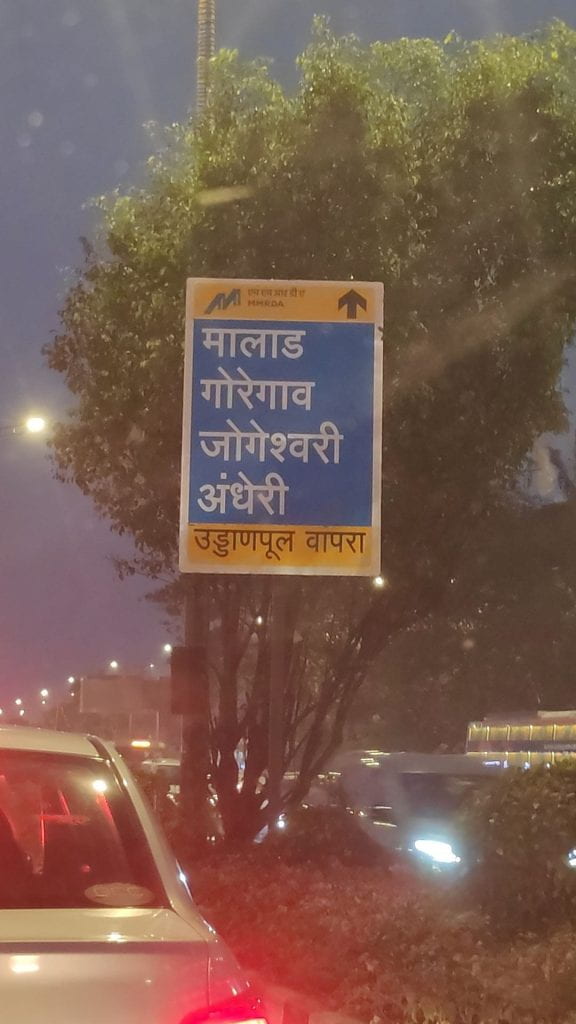
Learning Hindi has also made me realise that English is a really bad language. Hindi has a much more consistent language structure, which doesn’t switch backwards for no reason as soon as the sentence becomes a question. Unlike in English, where “The time is 3pm” would become “What is the time?” when changed to a question. I understand now that there is NO reason that English should be the de facto language of international relations and tourism, it is only due to British colonialism that the language is so widespread and popular throughout the word. While this inevitably benefits me as someone born and raised in an English-speaking country, I don’t think English should be the globally influential language that it is. Surely there is a better option!
Mumbaikars acche log hai!
One of my absolute favourite experiences in the trip was a taxi ride home from an event with Joelle, Stirling and Adithi. Our taxi driver took a wrong turn, and we were initially worried that the trip was going to be troublesome, as he didn’t speak any English, we didn’t have any Hindi speakers in the car, and he started going the wrong way! Eventually though, we started to laugh as the driver joined in our game of eye-spy! We were all in hysterical laughter for most of the ride as we tried to communicate across the language barrier. He even taught us some Hindi, explaining that the word sona, which I had tried to say as ‘sleep’ could also mean ‘gold’. This was an educational experience as it taught me that other languages can be confusing, just like English!
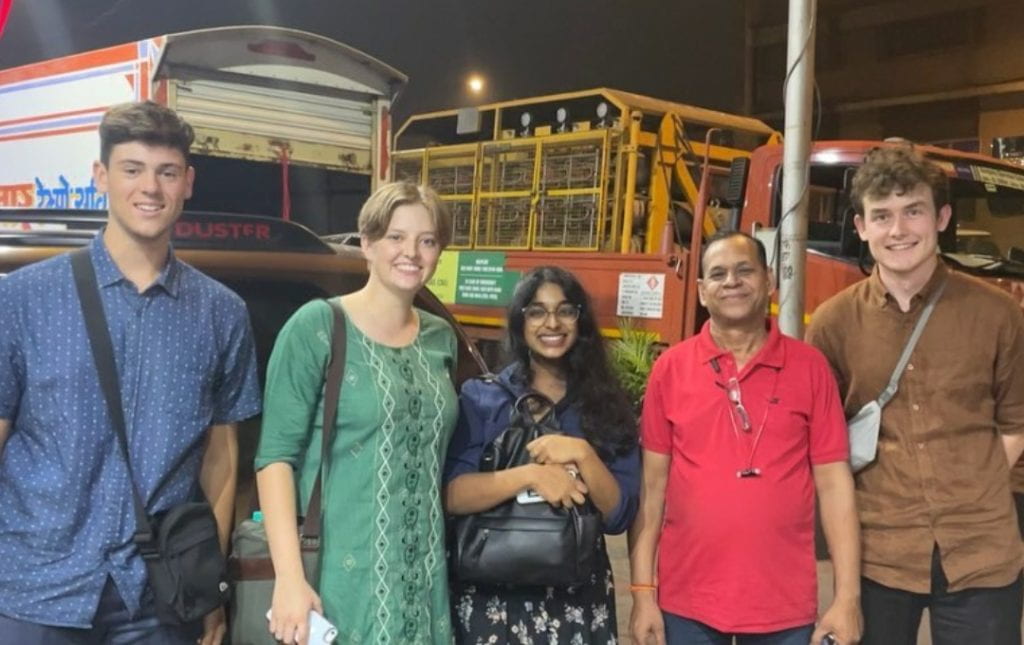
Over the course of our trip we met many other great people as well! Below are some photos of some of the cool people we met. This includes photos with students from NMIMS (a local University), Ali (our tour guide in Delhi and Agra), my supervisor Vaibhavi and other upstanding members of the community, and even random Mumbaikars we met in a cinema or a planetarium.
Overall, everyone we met in Mumbai, Delhi, Agra, and Jaisalmer were very friendly and I never had any experiences where I felt scared or creeped out by any of the locals. Before the trip, I was under the impression that Mumbai would be a dangerous place, but at least in my experience this is completely not true! Every Mumbaikar we met added to my trip in a positive way, but it was also very reassuring to know that there was a group of fellow kiwis only a phone call and an Uber ride away if I ever needed them. The 15 of us that were lucky enough to go on this amazing trip have all bonded over our shared experiences, and are already looking forward to having more Indian food and learning more Hindi when we return to New Zealand. Thanks everyone for making this such an awesome trip!!!
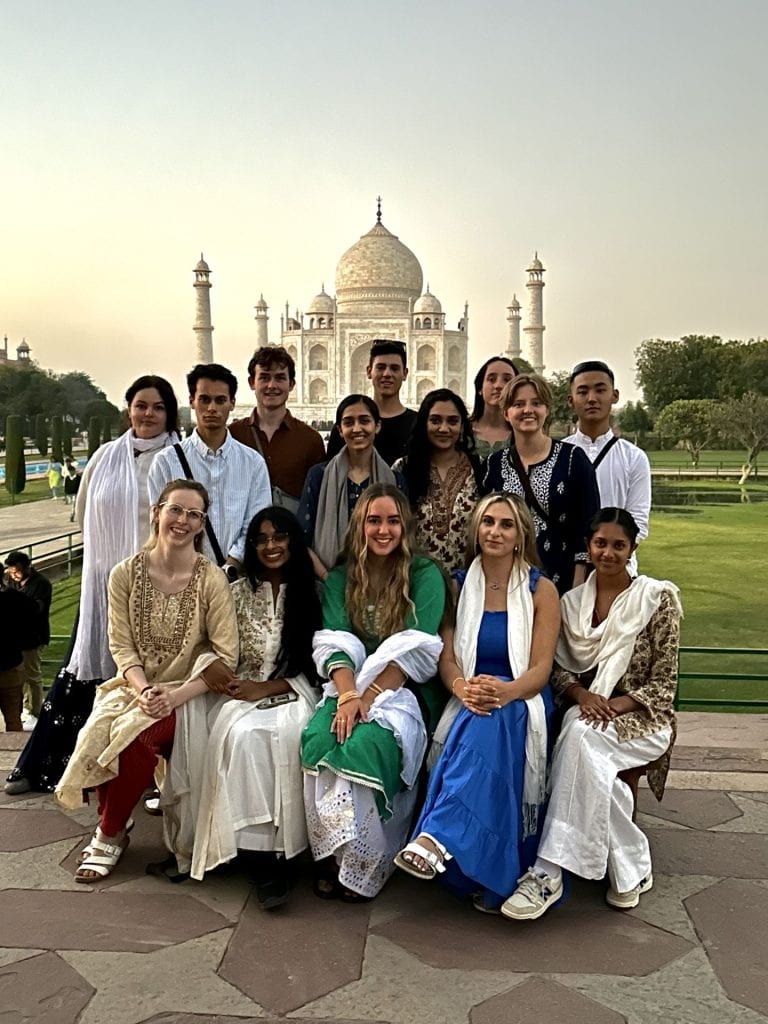
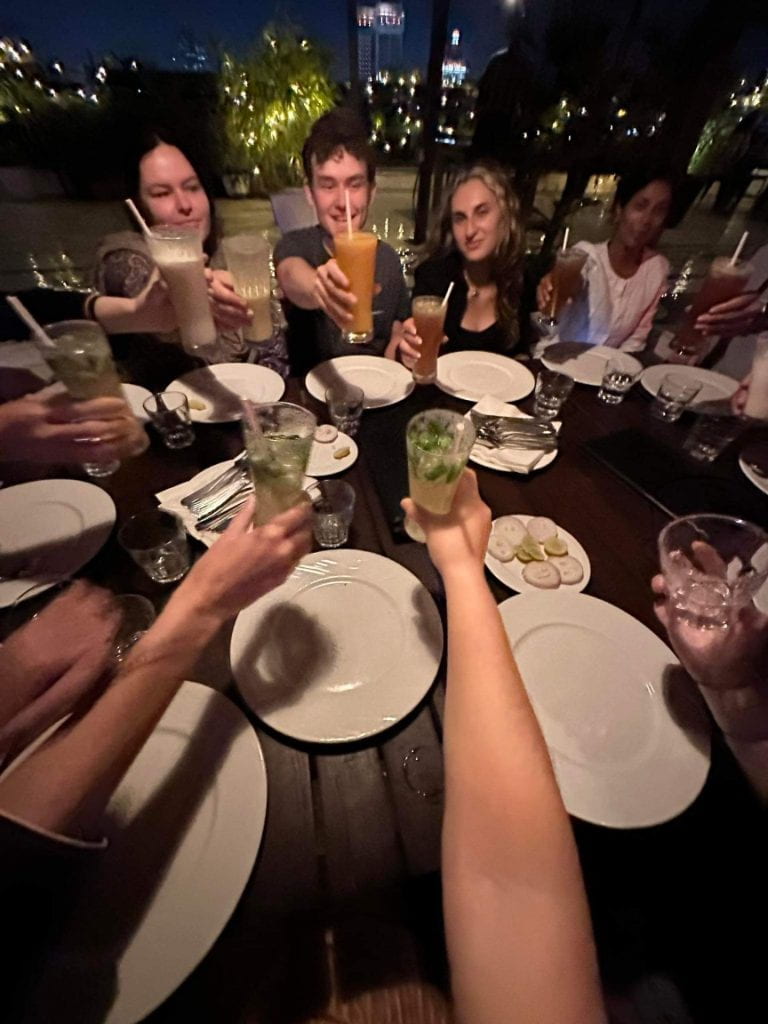
I hope you have enjoyed reading about this trip over the past 4 blogs! Signing off, Daniel Clark.
p.s. Please excuse any faulty Hindi that may appear in this blog 🙂
